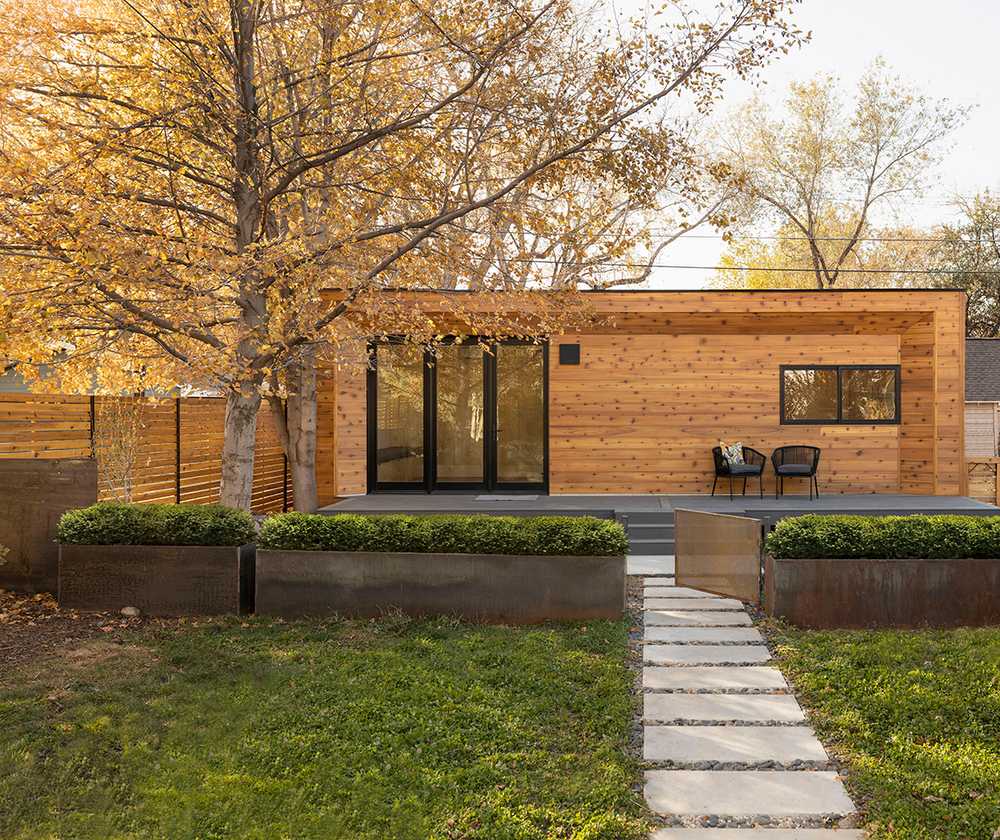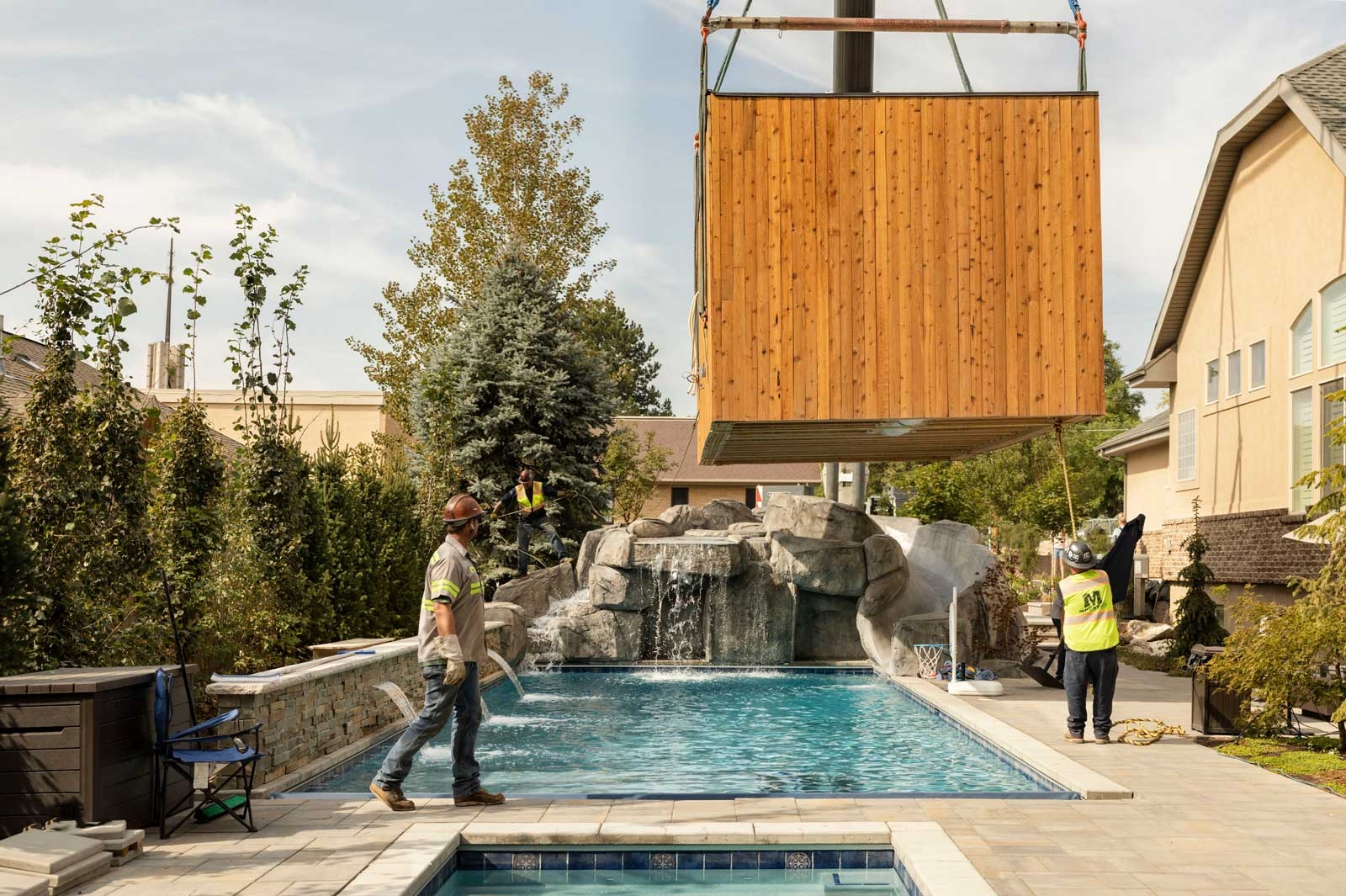
Accessory Dwelling Units (ADUs) are small, independent residential dwelling units on the same lot as a single-family home. ADUs can be separate from or attached to the home.
If you are looking to build an ADU to use as an in-law suite, a rental property, or merely to have some extra space, it is essential to know the local policies where you live. This article will go through the steps of how to find what states allow ADUs.
How to Find What States Allow ADUs
ADUs are popular because of the functionality and value they can add to a property, and they show no sign of slowing. Researchers predict that ADUs could make up over half of California’s new development over the next few decades, with other ADU-friendly states such as Minnesota and New Hampshire to follow.
Because ADUs are relatively new, legislation varies by state, county, and even city in some areas. Even ADU-permissible states must meet extensive guidelines on the appropriate size and placement. To help you sort through the ever-changing legislative whirlwind, here are a few ways to see if your area allows ADUs.
Conduct an Internet Search
An internet search is the quickest and easiest way to find your local government’s policies. Any legislation or statements on ADUs should be accessible to the public.
If your search is too broad, it likely won’t yield any beneficial results. For example, a Google search for “Does California allow ADUs” brings up this page as the top result, which explains that each city and county in California is required to create an individual plan to incentivize or promote the creation of ADUs. California’s ADU policy operates on a city-by-city basis rather than a statewide blanket rule.
Your chances of finding relevant information are highest if you include the specific city or county you are searching for. A search for “San Francisco California ADU policy” brings up this page, which lays out the application steps for an ADU permit and provides a rough estimation for building costs in the area.
Your city’s website is another good place to find information. You can search for ADU policies if the webpage has a search bar or browse the zoning and planning pages for recent updates.
Be sure to find reputable sources with information that has been updated in at least the past few years. Websites ending in .gov are generally the best sources to look for, as that ending signifies an official government organization.
Call your Local Planning and Zoning Department
If you can’t find information for your county or have additional questions, reach out to your local planning and zoning department through phone or email. They will be able to answer questions about any local ADU policies and point you in the right direction if any permits or applications are required.
Example: ADUs in California
California is the perfect example of how ADU policies can vary in one state. While California mandates all cities to allow ADUs in some form, each city has a unique standard for required permits or applications. We’ve already compiled a list of some of the best and worst California cities for ADUs, which you can find here.
For example, let’s say you want to find the ADU policy in Orange County, California. First, you’ll want to understand the legal definition of “ADU” and any new legislation by checking out this resource from the California Department of Housing and Community Development.
Once you have a solid understanding of the legal terms, make a Google search for “Orange County California ADU policy.”
This PDF is one of the top results and a great resource from the Orange County Public Works Department. The two-page PDF includes important information regarding the number of ADUs allowed on a property, the permitted size, and the required parking standards.
Build Your ADU with Modal

ADUs present an opportunity to increase the value of your property, create extra space, or add a source of income by renting out your unit. However, not all construction methods are the same.
Modular construction is emerging as a better alternative to standard construction. In modular construction, the construction process takes place off-site, under controlled conditions. The building is produced in “modules,” which are then assembled on-site. Modular construction has the advantage of being faster, safer, and greener than traditional construction and still meets the same codes and standards.
At Modal, we make the process of building an ADU as easy as possible. We take care of site-surveying and obtaining any required permits and paperwork so you can live without the extra stress. Once the process is approved, we build your ADU and install it at the site, which takes about half as long as building a custom structure on-site. To view our modern ADUs or to see how we can help you enhance your home, click here.
Tags:
ADU Education, Property Investment, ADUs in California, ADUs in Utah, ADU Regulation, Modular ADUs, Backyard Home, Guest HouseJuly 10, 2023
